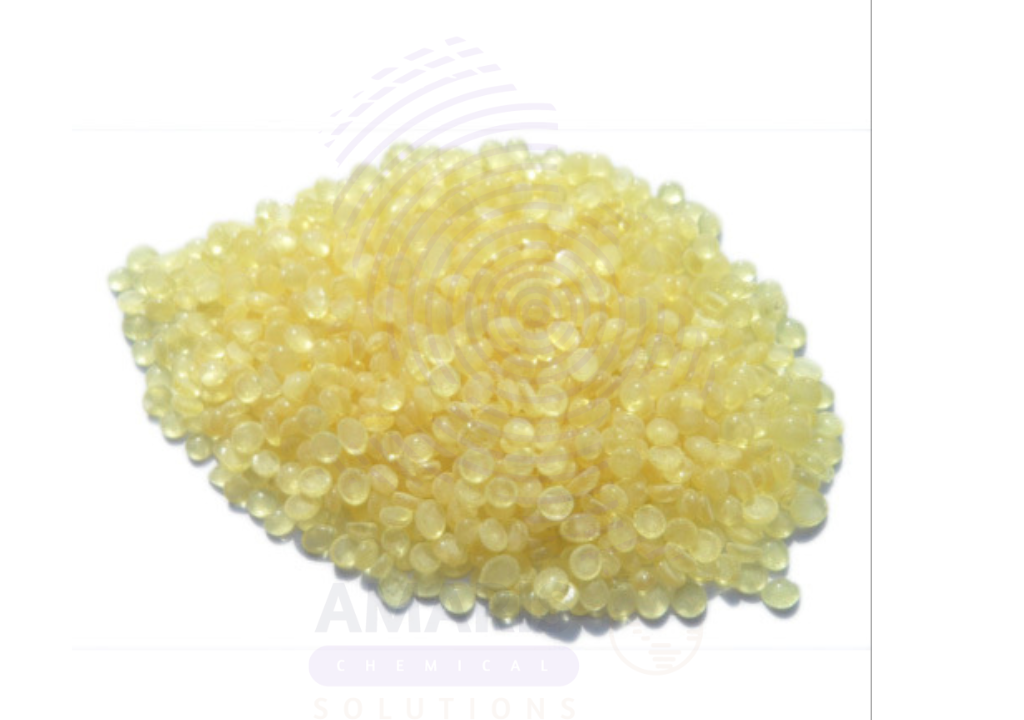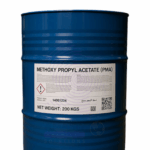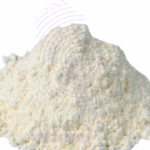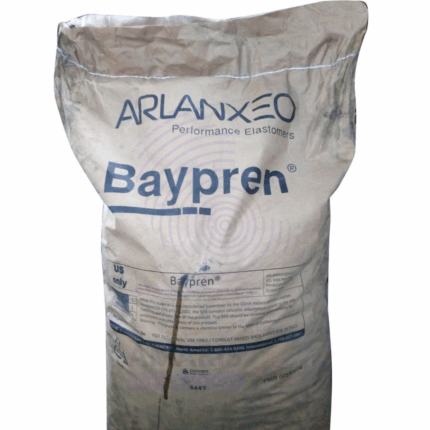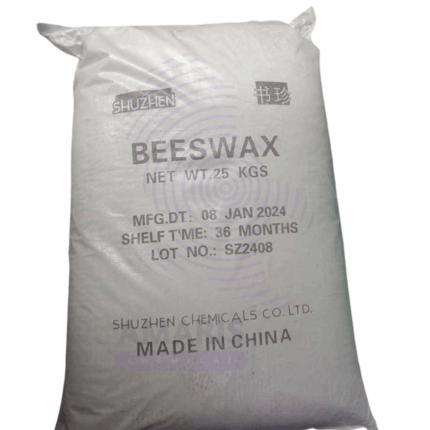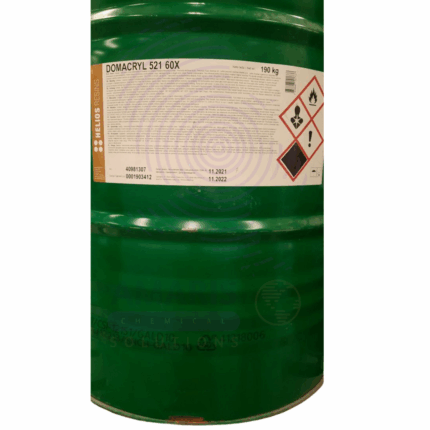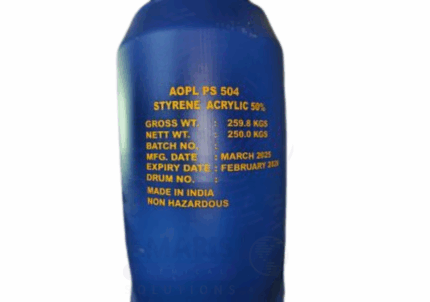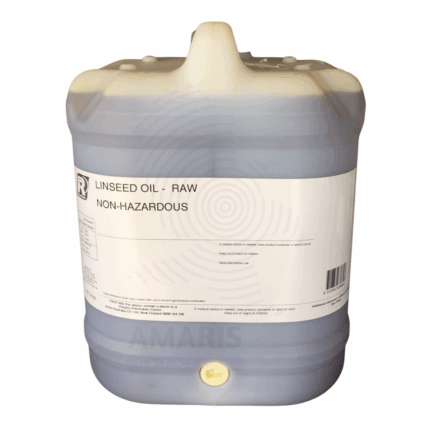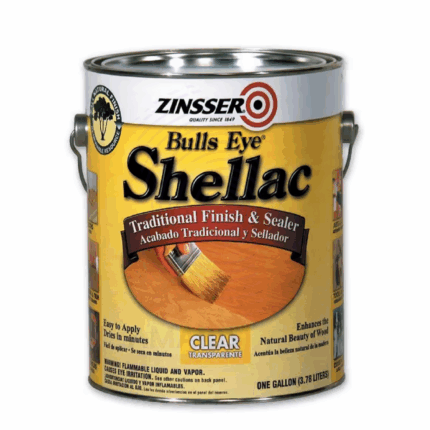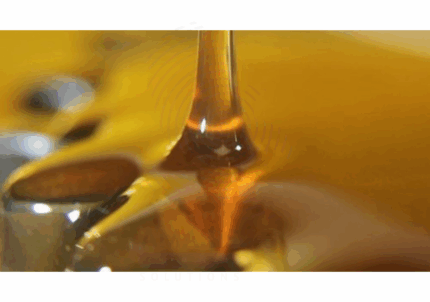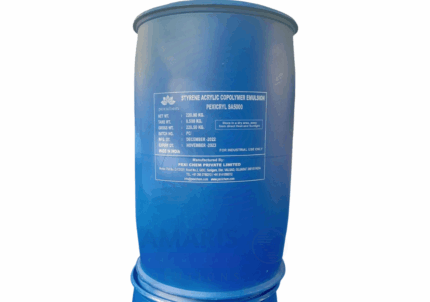Epikote 828 (Epoxy Resin)
Whatsapp Order
Epikote 828 (Epoxy Resin) is a liquid bisphenol-A-based epoxy resin with a low molecular weight. It is one of the most widely used general-purpose epoxy resins in industrial applications due to its excellent mechanical, chemical, and thermal properties. Epikote 828 cures with various hardeners, especially amines, to form thermoset polymers with outstanding adhesion, chemical resistance, and dimensional stability. The resin is typically a clear to pale yellow viscous liquid and is soluble in most organic solvents. It is primarily used in coatings, adhesives, composites, electrical encapsulation, flooring systems, and structural materials.
Category: Binders/Resins
Tags: Composite materials, Durable adhesive, Epikote 828, epoxy resin, Heat-resistant, Industrial Adhesive
Description
Table of Contents
Toggle
Epikote 828 (Epoxy Resin)
Primary Uses
- Industrial Coatings
- Used in heavy-duty protective coatings for metals, pipelines, marine equipment, and tanks.
- Provides excellent corrosion resistance, adhesion, and chemical durability.
- Suitable for solvent-free, high-build, and chemically resistant coatings.
- Adhesives & Sealants
- Used as a structural adhesive for bonding metals, plastics, ceramics, wood, and composites.
- Ideal for two-part epoxy adhesive systems in automotive, aerospace, and construction.
- Enhances thermal and impact resistance in bonded assemblies.
- Electrical & Electronics
- Encapsulates transformers, capacitors, and PCB components due to high dielectric strength.
- Used in potting compounds and insulative coatings to protect sensitive electronics.
- Provides resistance to thermal cycling, moisture ingress, and short circuits.
- Composite Materials
- Matrix resin for fiber-reinforced composites (e.g., fiberglass, carbon fiber) in wind turbines, sporting goods, and aerospace structures.
- Offers high strength-to-weight ratio and dimensional stability.
- Compatible with vacuum infusion and filament winding techniques.
- Civil Engineering & Construction
- Applied in epoxy flooring systems and self-leveling floor coatings.
- Used in grouts, crack repair systems, anchor bolt adhesives, and protective linings.
- Suitable for concrete sealing, structural bonding, and anti-corrosion systems.
- Marine & Automotive
- Applied in boat hull coatings, automotive panels, and underbody protection.
- Ensures resistance to fuel, saltwater, solvents, and abrasion.
Secondary Uses
- Art & Decorative Applications
- Used in resin art, casting, jewelry, and decorative coatings for a clear, glossy finish.
- Self-leveling property makes it suitable for river tables and 3D floor designs.
- Tooling & Mold Making
- Used in master models, jigs, and high-temperature molds.
- Cures to a durable, machinable material.
- Aerospace
- Applied in composite parts and bonding structures requiring precision and lightweight strength.
KEY PRODUCT FEATURES
1. Basic Identification Attributes
- Chemical Name (IUPAC): 2,2’-[(1-Methylethylidene)bis(4,1-phenyleneoxymethylene)]bisoxirane
- Common/Trade Name: Epikote 828
- CAS Number: 25068-38-6 (mixture of epoxy resin compounds)
- HS Code: 3907.30.00
- Molecular Formula: (C21H24O4)n
- Synonyms:
- Liquid Epoxy Resin
- Bisphenol-A Epoxy Resin
- Diglycidyl Ether of Bisphenol A (DGEBA)
- Epon 828 (equivalent product name)
2. Physical & Chemical Properties
- Physical State: Clear to pale yellow viscous liquid
- Viscosity (25°C): ~11,000–14,000 mPa·s
- Epoxide Equivalent Weight (EEW): 185–192 g/eq
- Boiling Point: Decomposes before boiling
- Melting Point: Not applicable (liquid at room temperature)
- Density: 1.15–1.18 g/cm³
- Solubility: Soluble in alcohols, ketones, aromatic hydrocarbons
- Stability: Stable under normal conditions; reacts exothermically with hardeners
3. Safety & Hazard Attributes
- Hazard Class (GHS): Skin irritant (Category 2), Eye irritant (Category 2), Sensitizer (Category 1), Aquatic Chronic (Category 2)
- Toxicity: May cause allergic skin reaction; harmful to aquatic life with long-lasting effects
- Exposure Limits: No occupational limits established; handle as a skin sensitizer
- Reactivity: Reactive with acids, bases, and amine curing agents
4. Storage & Handling Attributes
- Storage Conditions: Store in tightly closed containers in a cool, dry, well-ventilated area
- Container Type: Steel or HDPE drums
- Shelf Life: 2 years if unopened and stored correctly
- Handling Precautions: Avoid contact with skin and eyes; use PPE; avoid breathing vapors
5. Regulatory & Compliance Attributes
- REACH Registration: Compliant
- TSCA Listed: Yes
- RoHS & WEEE: Non-compliant due to Bisphenol-A content (in some regions)
- FDA Status: Not approved for direct food contact
- Transportation: Not classified as a hazardous material under UN regulations (except in large quantities)
6. Environmental & Health Impact
- Biodegradability: Poor; persistent in environment
- Ecotoxicity: Harmful to aquatic life (chronic)
- Bioaccumulation: Low potential
- Carcinogenicity/Mutagenicity: Not classified as carcinogenic
SAFETY HANDLING PRECAUTIONS
Safety Handling Precautions
PPE Required:
- Chemical-resistant gloves (e.g., nitrile)
- Safety goggles or face shield
- Protective clothing or apron
- Respirator (for spray or heated applications)
Handling Guidelines:
- Use in well-ventilated area
- Avoid prolonged or repeated skin contact
- Prevent release into drains or waterways
- Avoid mixing with strong acids or oxidizers
Storage Measures:
- Keep container tightly sealed
- Store in cool, dry area (10–30°C)
- Protect from direct sunlight and heat sources
- Keep away from incompatible materials (amines, acids)
Hygiene Practices:
- Wash hands after handling
- Avoid eating or drinking during handling
- Remove contaminated clothing and wash before reuse
- Decontaminate work areas regularly
First Aid Measures
- Inhalation: Move to fresh air; seek medical attention for respiratory symptoms
- Skin Contact: Wash with soap and water; seek medical advice if rash or irritation develops
- Eye Contact: Rinse thoroughly with water for 15 minutes; seek medical attention
- Ingestion: Rinse mouth; do not induce vomiting; seek immediate medical help
Firefighting Measures
- Fire Hazards: Combustible; may emit toxic fumes when burned
- Extinguishing Media: Foam, dry chemical, CO₂, or water spray
- Special Precautions: Wear full protective gear and self-contained breathing apparatus
- Decomposition Products: CO, CO₂, phenolic compounds
Related products
Bayprene
Bayprene is a high-quality, synthetic rubber polymer belonging to the class of nitrile butadiene rubbers (NBR). It is widely used for its excellent resistance to oils, fuels, chemicals, and abrasion, making it ideal for sealing, gasketing, hoses, and industrial applications where durability and chemical resistance are required. Bayprene exhibits good mechanical properties, high tensile strength, and resistance to swelling and degradation, especially in petroleum-based environments. It is commonly supplied as solid rubber sheets, molded parts, or raw polymer for compounding.
Beeswax
Beeswax is a natural wax produced by honeybees of the genus Apis. It is secreted by worker bees from specialized glands and used to build honeycomb cells. Beeswax is a complex mixture of esters, fatty acids, and hydrocarbons, characterized by a pale yellow to brown color, a pleasant honey-like aroma, and a firm yet pliable texture. It has excellent emulsifying, binding, and protective properties, making it widely used in cosmetics, pharmaceuticals, food, and industrial applications. Beeswax is prized for its natural origin, biodegradability, and skin-friendly characteristics.
Domacryl
Domacryl is a high-performance acrylic polymer latex designed for use as a binder in water-based coatings, adhesives, sealants, and construction materials. It is a styrene-acrylic copolymer emulsion offering excellent film formation, adhesion, durability, and chemical resistance. Domacryl provides superior mechanical strength and flexibility in formulated products, making it ideal for applications requiring long-lasting protection and enhanced aesthetic qualities. The polymer is supplied as a stable aqueous dispersion with approximately 50% solids content, packed in bulk (190 kg drums) for industrial use.
Eagle Styrene Acrylic 72/ 50
Eagle Styrene Acrylic 72/ 50 is a co-polymer emulsion consisting of styrene and acrylic monomers, offered at 50% active solids concentration in water. It appears as a milky-white, low-viscosity liquid with a mild odor. This polymer emulsion combines excellent film-forming properties, adhesion, and mechanical strength, making it widely used in coatings, adhesives, sealants, and functional binders across multiple industries.
Linseed Oil Raw
Linseed Oil Raw is the unrefined, natural oil extracted from flax seeds through cold pressing or solvent extraction. It contains natural impurities such as gums, waxes, and free fatty acids, giving it a darker color and stronger odor compared to refined oils. Raw linseed oil is a drying oil known for its excellent film-forming and adhesive properties. It is widely used in traditional wood finishing, oil painting, and industrial applications where natural and slow-drying oil is preferred.
Shellac
Shellac is a natural resin secreted by the lac insect, primarily found in South Asia. It is processed into flakes or powder form and dissolved in alcohol to create a versatile film-forming agent. Shellac provides excellent adhesion, gloss, and moisture resistance, making it widely used as a wood finish, food glaze, and pharmaceutical coating. It is valued for its natural origin, biodegradability, and safe use in food and cosmetic applications.
Short Oil Fast Drying (16/50) (SDA)
Short Oil Fast Drying (16/50) (SDA) Stand & Detail Alkyd (SDA) is a specially formulated alkyd resin designed for rapid drying and excellent film formation in coatings. It contains approximately 16% oil length, offering a balance between hardness and flexibility, and 50% solids content, which aids in build and coverage. This resin is widely used in industrial and decorative paints where quick drying and good adhesion are critical. Its fast curing properties make it ideal for applications requiring reduced downtime and enhanced productivity.
Styrene Acrylic Emulsion Polymer
Styrene Acrylic Emulsion Polymer is a water-based copolymer emulsion combining styrene and acrylic monomers, designed as a versatile binder with excellent film formation, adhesion, and durability. Widely used across paints, coatings, adhesives, textiles, and construction materials, this polymer offers superior weather resistance, water repellency, and flexibility. Its emulsified form enables easy incorporation into aqueous formulations, delivering enhanced performance and environmental benefits by reducing VOC emissions.


 Preservatives(food)
Preservatives(food) Flavor Enhancers
Flavor Enhancers Acidulants
Acidulants Sweeteners
Sweeteners Antioxidants
Antioxidants Colorants(food)
Colorants(food) Nutraceutical Ingredients (food)
Nutraceutical Ingredients (food) Nutrient Supplements
Nutrient Supplements Emulsifiers
Emulsifiers
 Collectors
Collectors Dust Suppressants
Dust Suppressants Explosives and Blasting Agents
Explosives and Blasting Agents Flocculants and Coagulants
Flocculants and Coagulants Frothers
Frothers Leaching Agents
Leaching Agents pH Modifiers
pH Modifiers Precious Metal Extraction Agents
Precious Metal Extraction Agents
 Antioxidants(plastic)
Antioxidants(plastic) Colorants (Pigments, Dyes)
Colorants (Pigments, Dyes) Fillers and Reinforcements
Fillers and Reinforcements Flame Retardants
Flame Retardants Monomers
Monomers Plasticizers
Plasticizers Polymerization Initiators
Polymerization Initiators Stabilizers (UV, Heat)
Stabilizers (UV, Heat)
 Antifoaming Agents
Antifoaming Agents Chelating Agents
Chelating Agents Coagulants and Flocculants
Coagulants and Flocculants Corrosion Inhibitors
Corrosion Inhibitors Disinfectants and Biocides
Disinfectants and Biocides Oxidizing Agents
Oxidizing Agents pH Adjusters
pH Adjusters Scale Inhibitors( water)
Scale Inhibitors( water)
 Antioxidants(cosmetic)
Antioxidants(cosmetic) Emollients
Emollients Fragrances and Essential Oils
Fragrances and Essential Oils Humectants
Humectants Preservatives
Preservatives Surfactants(cosmetic)
Surfactants(cosmetic) Thickeners
Thickeners UV Filters
UV Filters
 Fertilizers
Fertilizers Soil Conditioners
Soil Conditioners Plant Growth Regulators
Plant Growth Regulators Animal Feed Additives
Animal Feed Additives Biostimulants
Biostimulants Pesticides (Herbicides, Insecticides, Fungicides)
Pesticides (Herbicides, Insecticides, Fungicides)
 Active Pharmaceutical Ingredients (APIs)
Active Pharmaceutical Ingredients (APIs) Excipients
Excipients Solvents(pharmaceutical)
Solvents(pharmaceutical) Antibiotics
Antibiotics Antiseptics and Disinfectants
Antiseptics and Disinfectants Vaccine Adjuvants
Vaccine Adjuvants Nutraceutical Ingredients (pharmaceutical)
Nutraceutical Ingredients (pharmaceutical) Analgesics & Antipyretics
Analgesics & Antipyretics
 Analytical Reagents
Analytical Reagents Solvents(lab)
Solvents(lab) Chromatography Chemicals
Chromatography Chemicals Spectroscopy Reagents
Spectroscopy Reagents microbiology-and-cell-culture-reagents
microbiology-and-cell-culture-reagents Molecular Biology Reagents
Molecular Biology Reagents Biochemical Reagents
Biochemical Reagents Inorganic and Organic Standards
Inorganic and Organic Standards Laboratory Safety Chemicals
Laboratory Safety Chemicals Specialty Laboratory Chemicals(Special Laboratory Equipment)
Specialty Laboratory Chemicals(Special Laboratory Equipment)
 Demulsifiers
Demulsifiers Hydraulic Fracturing Fluids
Hydraulic Fracturing Fluids Scale Inhibitors(oil)
Scale Inhibitors(oil) Surfactants(oil)
Surfactants(oil) Drilling Fluids
Drilling Fluids
 Dyes and Pigments
Dyes and Pigments Bleaching Agents
Bleaching Agents Softening Agents
Softening Agents Finishing Agents
Finishing Agents Antistatic Agents
Antistatic Agents
 Admixtures
Admixtures Waterproofing Agents
Waterproofing Agents Sealants and Adhesives
Sealants and Adhesives Curing Compounds
Curing Compounds Concrete Repair Chemicals
Concrete Repair Chemicals Anti-Corrosion Coatings
Anti-Corrosion Coatings
 Surfactants(cleaning)
Surfactants(cleaning) Builders
Builders Enzymes
Enzymes Solvents (Cleaning)
Solvents (Cleaning) Fragrances
Fragrances
 Electronic Chemicals
Electronic Chemicals Catalysts
Catalysts Lubricants
Lubricants Photographic Chemicals
Photographic Chemicals Refrigerants
Refrigerants Automotive chemicals
Automotive chemicals Pyrotechnic Chemicals
Pyrotechnic Chemicals
 Biodegradable Surfactants
Biodegradable Surfactants Bio-based Solvents
Bio-based Solvents Renewable Polymers
Renewable Polymers Carbon Capture Chemicals
Carbon Capture Chemicals Wastewater Treatment Chemicals
Wastewater Treatment Chemicals
 Pigments
Pigments Solvents(paint)
Solvents(paint) Specialty Coatings
Specialty Coatings Binders/Resins
Binders/Resins Additives
Additives Driers
Driers Anti-Corrosion Agents
Anti-Corrosion Agents Functional Coatings
Functional Coatings Application-Specific Coatings
Application-Specific Coatings
 Fresh Herbs
Fresh Herbs Ground Spices
Ground Spices Whole Spices
Whole Spices Spice Blends
Spice Blends Dried Herbs
Dried Herbs
 Leavening Agents
Leavening Agents Dough Conditioners
Dough Conditioners Flour Treatments
Flour Treatments Fat Replacers
Fat Replacers Decoratives
Decoratives Preservatives(baking)
Preservatives(baking)
 Plasticizers & Softeners
Plasticizers & Softeners Reinforcing Agents
Reinforcing Agents Adhesion Promoters
Adhesion Promoters Vulcanizing Agents
Vulcanizing Agents Antidegradants
Antidegradants Blowing Agents
Blowing Agents Fillers & Extenders
Fillers & Extenders Accelerators & Retarders
Accelerators & Retarders